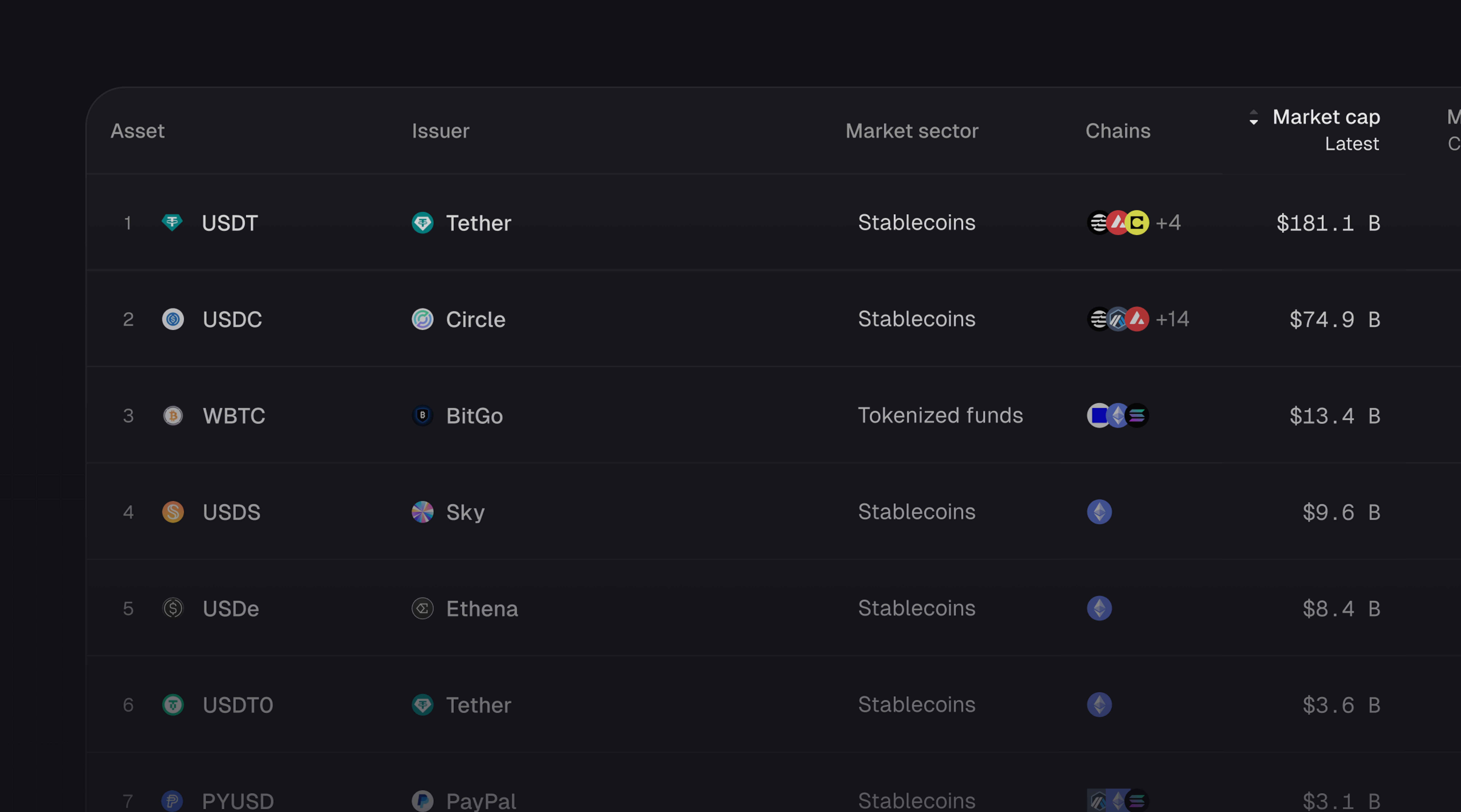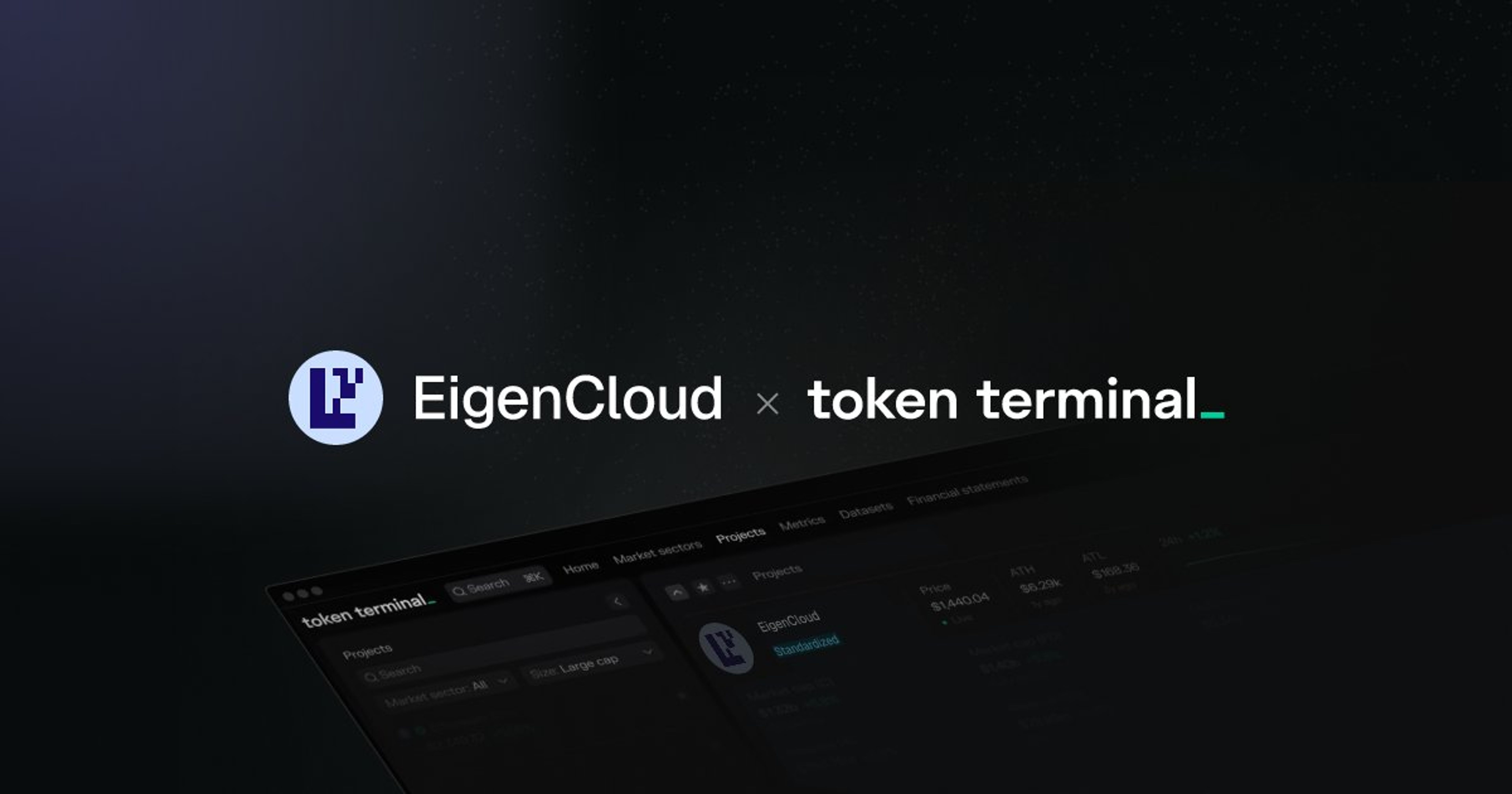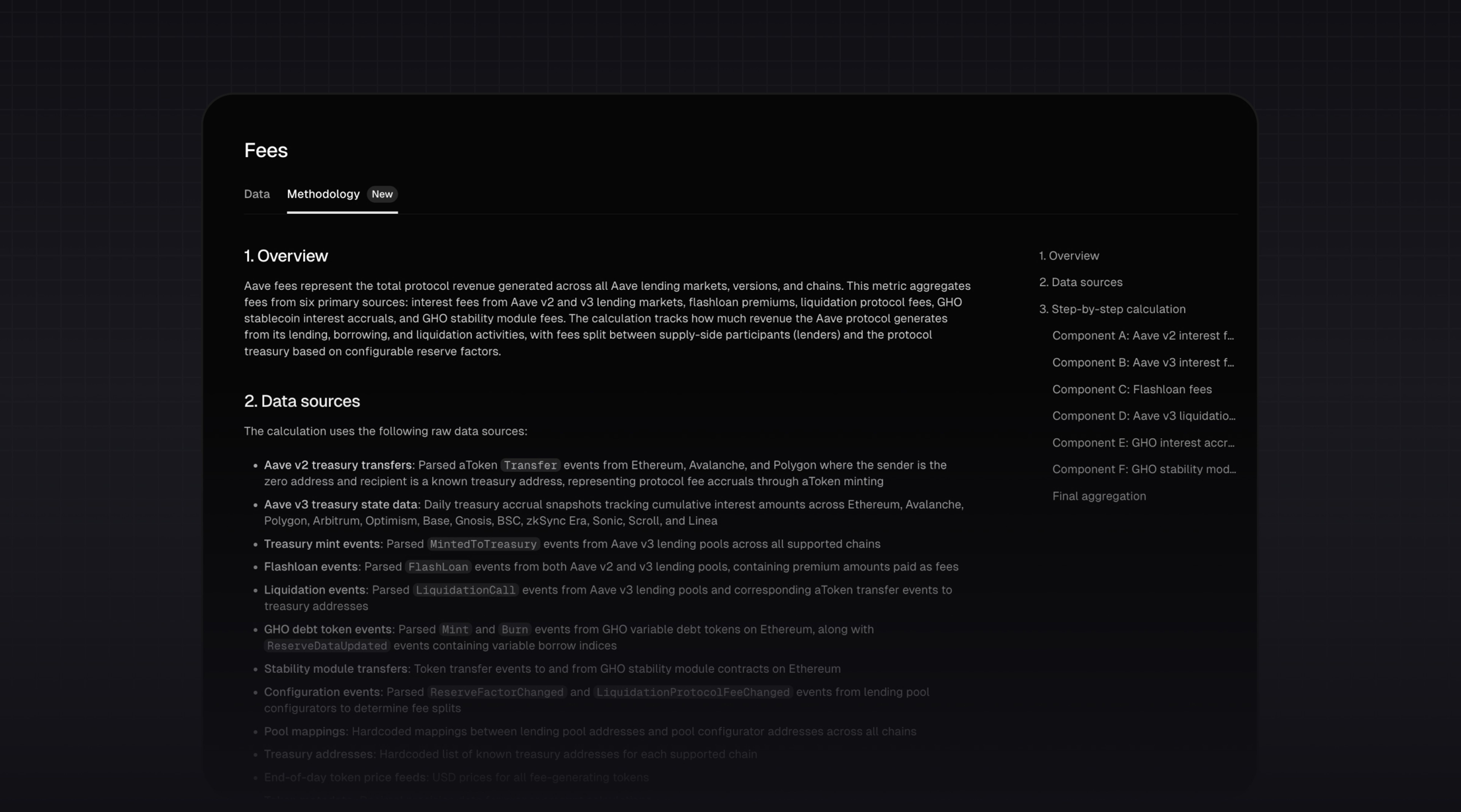
We've included a price to earnings (P/E) ratio on Token Terminal, alongside the price to sales (P/S) ratio.
The 'E' in the P/E ratio will initially be based on protocol revenue, i.e. money that is generated from the protocol’s business and subsequently allocated to its treasury or distributed to its token holders.
Please note that in the beginning, the P/E ratio won't take into account a protocol's costs.
How should I use the P/S and P/E ratios when analyzing a protocol?
We’ll go through 3 different scenarios, which highlight the possible revenue distributions of a protocol, and how the distribution affects the two ratios.
I. Protocols that have only supply-side revenue
For protocols like Uniswap, where all trading fees currently go to the liquidity providers (supply-side), there won’t be a P/E ratio available.
The same applies to e.g. Ethereum, where all the transaction fees currently go to the miners (supply-side).
II. Protocols that have only protocol revenue
For protocols like MakerDAO, where all interest payments currently go to the protocol and are subsequently distributed to MKR holders through buybacks, the P/S and P/E ratios will be exactly the same.
III. Protocols that have both supply-side and protocol revenue
For protocols like Compound, where interest payments are divided between lenders (supply-side) and the protocol’s treasury (managed by COMP holders), there will be both a P/S and a P/E ratio available.
The P/S ratio is based on total interest paid and the P/E ratio on interest distributed to the protocol’s treasury.
Finally, make sure to check out our new price to earnings (P/E) ratio dashboard here!
The authors of this content, or members, affiliates, or stakeholders of Token Terminal may be participating or are invested in protocols or tokens mentioned herein. The foregoing statement acts as a disclosure of potential conflicts of interest and is not a recommendation to purchase or invest in any token or participate in any protocol. Token Terminal does not recommend any particular course of action in relation to any token or protocol. The content herein is meant purely for educational and informational purposes only, and should not be relied upon as financial, investment, legal, tax or any other professional or other advice. None of the content and information herein is presented to induce or to attempt to induce any reader or other person to buy, sell or hold any token or participate in any protocol or enter into, or offer to enter into, any agreement for or with a view to buying or selling any token or participating in any protocol. Statements made herein (including statements of opinion, if any) are wholly generic and not tailored to take into account the personal needs and unique circumstances of any reader or any other person. Readers are strongly urged to exercise caution and have regard to their own personal needs and circumstances before making any decision to buy or sell any token or participate in any protocol. Observations and views expressed herein may be changed by Token Terminal at any time without notice. Token Terminal accepts no liability whatsoever for any losses or liabilities arising from the use of or reliance on any of this content.
Stay in the loop
Join our mailing list to get the latest insights!
Continue reading

Introducing Tokenized Assets
Token Terminal is expanding its standardized onchain analytics to cover the rapidly growing category of tokenized real-world assets (RWAs) – starting with stablecoins, tokenized funds, and tokenized stocks.

Customer stories: Token Terminal’s Data Partnership with EigenCloud
Through its partnership with Token Terminal, EigenCloud turns transparency into a competitive advantage and continues to build trust with its growing community.

Launching methodologies
Today, we’re launching Methodologies, a new feature on Token Terminal that documents every calculation step between raw blockchain data and standardized financial and usage metrics.